First of all, thank you to ELI5_DEFI for allowing us to use your infographics from a recent thread. Go check out their work!
Let’s get to it:
What are crypto options?
Options, options, options… Let's be honest the average crypto-ape does not know the first thing about this mystical financial product, how to use them effectively and how one would make returns from them.
How do I know this? Well, I know this space well and I know their risk appetite is particularly high, to say the least… Once this space truly begins to adopt options as another widely used instrument for making gains (or losing them), I think we will see the platforms that do offer them become some of the biggest players in all of crypto.
Anyway, I won’t bore you for much longer, I’ll cut to the chase. I am by no means an expert in options, my real edge is in value, narrative and sentiment trading but I will do my best to give you the tools to go away and try them out for yourself.
As always I am not a financial advisor, I am the biggest idiot you have ever met. Ask Shitcoin John if you don’t believe me.
What are crypto options?

“An “option” is a type of derivative contract that gives its purchaser the right - but not the obligation - to buy or sell an underlying asset at a set price at (or, in some cases, before) an expiration date. The right to buy the underlying asset is known as a “call” option while the right to sell is known as a “put” option.”
Translated to Ape: Options are a product that lets you take a bet on the direction of the price of an asset. In short… Do you think numba go up (call option)? Or numba go down (put option)?
It is easier to think of options as insurance against an asset you hold. Think of it as a great hedging tool against your holdings. How? All will be explained below...
So, call options (you are bullish), put options (you are bearish) and you also need to specify a specific price that you believe the asset will reach in order for you to be in-the-money (ITM). This specific price is known as a strike price.
Another thing to take into account is that you have to specify the date you think numba goes up or down within… This is the Time to Expiration.
Options have an expiry and hence, if you predict BTC or ETH will hit $xxxx by a specific date, this is when you can settle the options contract (hopefully in profit).
Let’s take a closer look at call options -
Let’s say you think this is the bottom, ETH is at $1000. The date today is 15th June, you assume the price of ETH will go up by the end of the month (June 28th) and you assume it will be above $1200.
So, you would buy a call option with a strike price of $1000.
If ETH is above $1000 on the 28th of June then depending on how much above the $1000 strike price of the option you may be in profit.
Why is it may be in profit?
Let's say ETH hits $1200 but you paid $200 for the options contract...
Now you are in a situation where you can purchase ETH at $1000 as per the options contract you bought but you paid $200 for the contract in the first place. Hence, you are at breakeven.
Why? Well…
As mentioned above, options give you the option to buy ETH at that specific strike price before or on that specific expiry date. So… if you bought the call option as stated above and ETH hits say $1500 on 28th June, you can exercise the right to buy ETH at $1000, immediately take that to market and sell it for $1500. Once you take off the $200 it costs to purchase the option this nets you the difference of $300. Alternatively, you just bought ETH at a fat discount and you can continue to hold.
Again, remeber to take the cost of purchasing the option into account too (premium) so: Profit - premium = Net profit.
Similarly, if the price drops below $1000 and even dips to $800 then you are not going to go ahead and fulfil your right to purchase the ETH at $1000, that would not be great math. To reiterate, options give you the right but not the obligation to buy. If you are out-of-the-money (OTM), then purchasing the underlying asset is, well… rather stupid.
And again with puts -
The same applies to the opposite side of this trade. Put options give you the right to sell an asset at a specific price (strike price).
If you are bearish and ETH is at $1000 and you buy put options with a strike price of $1000, expiring on June 28th.
Let’s say ETH heads to $800 and on June 28th you exercise your right to sell ETH at $1000 netting $200 per put contract (minus the cost of the contract and fees which we will get onto below).
The easiest way to get your head around options is to think of them as insurance (which they are) against your current position.
If you are long and are a little unsure about the market, then put options are a great hedge/insurance option and vice versa. This allows you to keep your long-term positions open but pay a little premium to do so. This is beneficial for all sorts of reasons including time spent, stress and even not creating a tax event from your spot bags.

Infographic: ELI5_DeFi
What is an Options Contract Premium
So how much does one of these magical options contracts cost? Well, the cost of a contract is set by the contract writer (sellers)… more on this below. The price you pay for the contract is known as the premium.

Infographic: ELI5_DeFi
If we take a look at what goes into pricing an option we can see why the price of a contract will vary based on the risk that the writer (seller) has to take in creating the contract.
In short, the riskier the contract for the writer (seller), the higher the premium.
In simple terms, this is the price you pay the option's writer (seller) to take your risk. Similarly to the insurance broker…
If you take a 2-week holiday and need travel insurance, how does the insurer the option's writer in this terrible analogy know how much to charge you?
Well, there's a lot of fuckery at insurance firms but if we pretend we live in a fair and just world for a second if you are going on a 2 weeks all-inclusive beach getaway where you will sit on a lounger and eat/drink your own body weight each day then… the insurance will be pretty standard.
If you are going on an adventure holiday packed with skiing, paragliding and the occasional flying squirrel suit jump then you can see how this will be more expensive than the former.
This is the same with options, the higher the risk that the writer has to take for the options contract (travel insurance in our example) then the higher the premium (cost of the option) will be.
Make sense?
Before we go down the rabbit hole we want to introduce you to our Weekly Newsletter, The Catch-Up. We pack a 5 minute summary of the markets into a lighthearted email every Monday morning. We release our ones-to-watch list too which I have to say has been doing very well recently. IT IS FREE AND ALWAYS WILL BE. Click the image or the link below to release the alpha:

https://mailchi.mp/857f84b13460/blocmates-newsletter
So what are the factors that will deem a contract riskier for the writer and thus increase the cost of the premium for the buyer of call and put options?
Time to expiration: Naturally, the longer the time to expiration i.e. 60 days will usually be priced at a higher premium than say 30 or even 14 days. Why? Well, a lot can happen in that time and the contract writer (seller) wants to make sure they are paid a higher premium for providing the contracts. It makes complete sense. If there are expirations in 48 hours, a more calculated approach can be taken and thus the premium can be lower.
Implied volatility: “Implied volatility is the market's forecast of a likely movement in an assets price. IV is often used to price options contracts where high implied volatility results in options with higher premiums and vice versa. Supply and demand and time value are major determining factors for calculating implied volatility”
Translated to ape: if there is a lot of demand for a call or put option from people wishing to speculate or hedge against a spot/perp position, then the premium (price you pay for the options contract) will be increased. Why? Well, usually the increased demand for options will come if volatility is expected in either direction. Hence, the more volatility that is expected and being priced in by the market the higher the implied volatility of an option which affects the premium.
The market expects it to crab for the next month? Well, low implied volatility should reflect this.
Current market conditions are volatile AF, and hence higher implied volatility will be displayed. This is a product of an open market. As volatility and uncertainty increase more people will flood in to buy options as insurance… The more people that demand options will lead to increased prices in the options contracts as the writers (sellers) will demand more for taking on additional participants' risk.
Plus, there are factors of liquidity that come into play too. If everyone is a buyer and nobody wants to write the options then it's a seller's market and the ask will be considerably higher. This is one of the main issues in crypto at the moment, but that is another conversation for another day. TLDR: Hxro is in a great position to fulfil the demand in such market conditions.
If you don’t fully understand this, don’t worry just move on to the next part and it will all begin to click together, don’t get hung up on this.
Recap of important language:
Time to Expiry: The date at which the options contract expires. The date on which you win or lose.
Strike Price: The selected price in which you believe the asset will reach.
Call Option: Buying an options contract with the expectation of the price of the underlying asset to go up. If the asset goes above the strike price on the specific date of expiry, then you are in profit or in the money.
Put Option: Buying a put option is betting on the price decreasing. You can use this as insurance (a hedge) for assets that you are holding. Buying a put option at the current price of an asset will allow you to be in profit if the price of the asset is below the strike price when the contract expires.
Implied Volatility: The expected volatility that the market participants are factoring into their trades. This will allow prices for options to be determined based on demand and supply given expected upcoming catalysts. If people are fearful and want to hedge against their positions due to external factors, then this will cause people to buy options (call or puts) and hence increase the price of the options as options writers will increase the premium as they take on more risk from buyers.
ITM, ATM and OTM -

Infographic: ELI5_DEFI
Premium: The price paid to the options sellers (writers) for taking on the risk of the trade. If the trade is riskier for the options writers i.e. likely to happen, then expect a higher premium for taking on the risk. These guys obviously don’t want to lose too… Shorter durations, low implied volatility and extreme price predictions will often result in a lower premium for options buyers both calls and puts.
Go back to the Travel Insurance analogy above to make sense of this.
Intrinsic Value of the Option: The difference between the price of the underlying asset compared to the strike price at the expiration date.
We will cover the Greeks in more detail in our Degens Tutorial of Options on Hxro Network. In this article, we will walk you through placing a trade and some simple well-known strategies that people use when trading options. But for now some basic definitions:
Delta - The change in option price compared to the underlying asset price. Delta is a useful tool to measure risk. The higher the Delta, the higher the risk.
Gamma - The change in which Delta will increase or decrease compared to the underlying asset price as it continues to move.
Theta - The amount of which the price of an option will change as 1 day passes…
Vega - The amount an options price will change if implied volatility is compared to a movement in implied volatility (usually 1%).
Finally, to test if it has all gone in… some examples courtesy of ELI5_DeFi.




Please bear in mind these are used as basic examples only to ease new folks into the world of options. We will get a little more in-depth with the next series of articles surrounding options and Hxro Network, where we will show you how to place a trade and how to set up some well-known strategies.
Before we get into perps and futures; if you are a builder in this space and are hiring a remote-first team take a look at one of our partners below, Deel. They allow you to hire, manage, onboard and pay from anywhere in the world without the hassle. Yes, Deel allows you to pay your team in crypto too…

Link to our partner page: https://www.deel.com/partners/blocmates - This supports the platform at no additional cost to you :)
What are Crypto Futures? Perps and Expiring…
Futures contracts, or futures, are legal agreements to either buy or sell a given security, commodity, or asset at a specific time in the future, for a previously agreed-upon price. For investors, they offer access to commodities and other markets they might not be able to access otherwise.
At their core, futures contracts are a bet. They enable traders to wager upon the future price of an asset. Participants can either go long, therefore betting on the price going Up Only, or go short if anticipating a trip to the Gulag. Traders going long agree to buy the asset on a specified date, and vice versa for short-sellers. On arrival of the contract’s expiration date, the parties settle, and the contract closes.

Crypto futures have been one of the most exciting instruments for trading since the arrival of digital assets.
Some futures markets also offer leverage, a strategy in which traders borrow capital to fund the contracts. In short, leverage grants exposure to larger positions without the need for funding the position upfront. No doubt this also increases risk if used like an idiot.
Traders using leverage don’t need to match the total value of the contract. Instead, they can use leverage to secure a contract with a comparatively smaller equity stake; this is known as an initial margin. Should the position move against the trader, there is a maintenance margin level that must be adhered to keep the position open. A breach of this level results in the position being liquidated. Again, we have examples below if this isn't clicking immediately so just read on :)
Then along came a perpetual contract (Perp)…. This is a special type of futures contract that doesn’t have an expiry date. So, one can hold a position for as long as they like. No doubt taking degeneracy to the next level!
Essentially, perpetual contracts can be traded continuously forever. Traders don’t need to worry about any approaching expiry date or contango structure upon future roll-over. In that sense, perpetual contract trading is more flexible and more active than single futures contracts in the crypto market.

Perpetual futures were first proposed by economist Robert Shiller in 1992, to enable derivatives markets for illiquid assets. However, perpetual futures markets have only developed for cryptocurrencies, following their introduction in 2016 by BitMEX. Crypto perps are characterised by the availability of high leverage, sometimes over 100 times the margin. FTX and Binance took the decision to remove 100x leverage in late 2021… nobody needs 100x leverage, that is what the lottery is for. Should the SEC target the Lottery? Don't get me started.
When to Use Leverage?
When you do not have enough money to buy USD20,000 worth of a token, leverage may offer a practical option.
Suppose we want to buy Crypto A to the value of $500, but we only have $100. What should we do? I know this is a bad example of risk management but bear with us.
We could use leverage.
Example 1:
5X leverage: $100 x 5 = $500. Thus, we can buy $500 worth for only $100.
10X leverage: $100 x 10 = $1,000. Thus, we can buy $1,000 worth with only $100.
It may occur to you that you can use higher leverage to buy the same amount of crypto with less capital.
Example 2:
$100 with 10X leverage: $100 x 10 = $1,000
$50 with 20X leverage: $50 x 20 = $1,000
Trading with high leverage might require less capital to start with, but the catch is that it increases the chances of liquidation. Leverage works in both directions so if you are 5x long and the position goes against you 10%, you are actually down 50%. The higher the leverage, the more pain if the market goes against you but the more fun when it is with you.
Imagine you have a position of $10,000 USD, with $1,000 in equity (often referred to as margin). Here, the position is leveraged 10 times which means that the position is 10 times larger than the margin. Because profits are made on the entire position size, a 1% move on the position is $100, which is 10% of your equity or margin.
This allows you to make a ton of money, only if you know your craft... On the other hand, you only need a 10% drop to lose the entire position; this is when your losses on the position size become larger than your margin, then the position gets liquidated.

Since perpetual futures contracts never settle in the traditional sense, exchanges need a mechanism to ensure that futures prices and index prices converge on a regular basis. This mechanism is also known as Funding Rate. Funding payments are therefore used to incentivize the price of the perpetual to trade at the price of the underlying. TLDR: Derivatives are kinds of synthetic representations of the underlying assets i.e. BTC-PERP is a reflection of the BTC spot price from a variety of exchanges. To pin the BTC-PERP price to the aggregated spot price as much as possible we have what is known as the funding rate.

Funding Rates are equal to a thermostat that balances out actual the perpetual contract market and desired spot price by incentivizing a non-dominant position in the market to get the funding.
The purpose of the funding rate is to keep the price of each perpetual market trading close to its Index Price (a fancy way of saying a collective average of prices across multiple exchanges). When the perp price deviates up and away from the index price, longs pay shorts, incentivizing more traders to sell and therefore go short, and driving the price down. When the price is too low, shorts pay longs, incentivizing more traders to buy and go long, driving the price up.

Funding rates positively correlate with the general market trend of the underlying asset. It is by no means a lead indicator, but funding rates help traders to establish market bias - check and allow them to look for opportunities for counter-trend trades. We like to use Coinglass.

Hedging Your Bet
One of the least utilised strategies is to hedge your bet. Hedging involves strategically opening trades so that a gain or loss in one position is offset by changes to the value of the other position. Practically traders should take a short position if they think the price of a particular asset will fall and take a long position if they anticipate the price will rise. Seems like a strange approach but this is the way to protect yourself if you are unsure in what direction your trade will go.
If you are concerned about the risk to your position, it is probably safer to reduce your position size or close your position completely. However, hedging is seen as a useful strategy for traders who want to maintain their original holding but create a neutral exposure.
Because of the wonderful world of DeFi there are plenty of interesting hedging strategies that may have you flat from a price direction perspective but you are still exposed to yield...
Funding rates could be in your favour and therefore you get paid to hedge your spot position with a perp.
If you think a little further outside the box if you held a SOL position and used Lido or Marinade Finance as a liquid staking provider you could actually be earning 5% in staking rewards. So, you are spot-long SOL earning in the best case 5% and then you get a hint in a downturn so you open a short using futures, perps, or even a put option to hedge this yield-bearing position and thus have no directional exposure but you are still earning that staking yield. Depending on the funding rates and premium for the options at the time you could still be net positive whilst completely delta neutral!
The reason I bring this up is that Hxro Network with all its different derivatives will have countless strategies some as simple as this and some more complex. the thing I am getting at is if you are smart you can really do well in any market using these kinds of strategies.
Final thoughts -
Despite derivatives bringing in the majority of crypto volumes due to the higher notional volume traded as compared to spot, the strategic use of options, perps and futures are vastly underutilised in the DeFi space, particularly by retail traders.
We wanted to write this article to highlight the incoming power of the Hxro network which will allow all sorts of exotic strategies on-chain. The team are veteran trades from the traditional world and are now bringing their experience from the pit to the DeFi space.
If you are looking to learn more we will be covering Hxro a lot more on our platform because we think it is a sleeping giant.
Here is our recent interview with Gunny from HXRO.
https://www.youtube.com/watch?v=AVOytBEWiIc&t=1s
Understanding the above article will help people understand the token value accrual of a one-stop-shop trading desk on-chain that is the Hxro Network. Every single trade that occurs on the platform will be subject to a fee. The fee will then be split 50:50 and sent to HXRO stakers.
HXRO token value accrual will be covered in the next article. We will dig into the numbers and see how expected trading volumes will translate to dollars for stakers…

































%202.webp)


.webp)

.webp)
.webp)
.webp)



.webp)












%20the%20Next%20Big%20Unlock%20in%20AI.webp)























































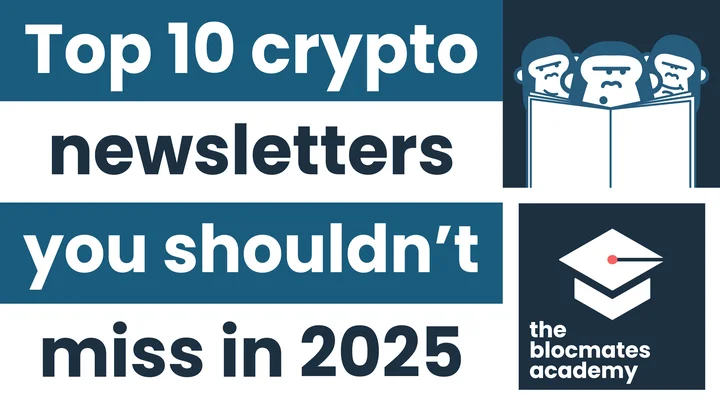










.webp)


.webp)









.webp)







.webp)




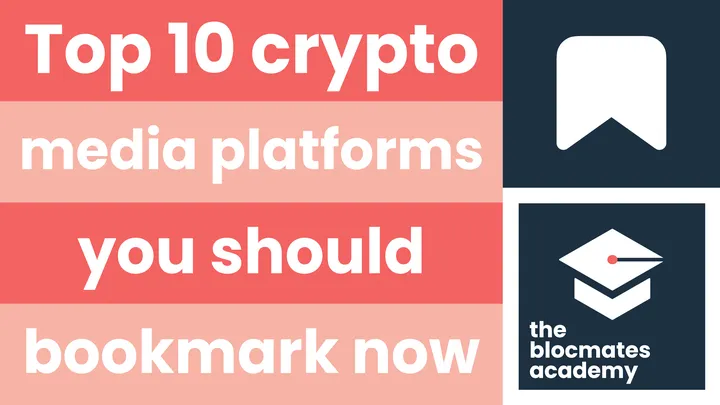











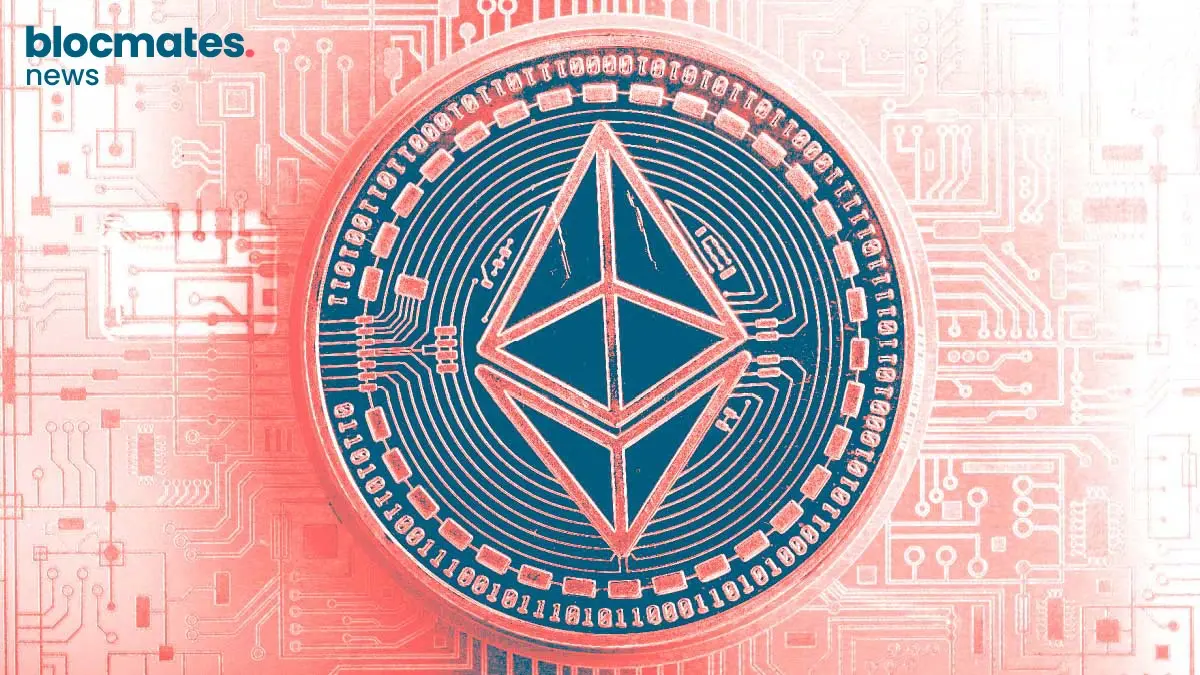
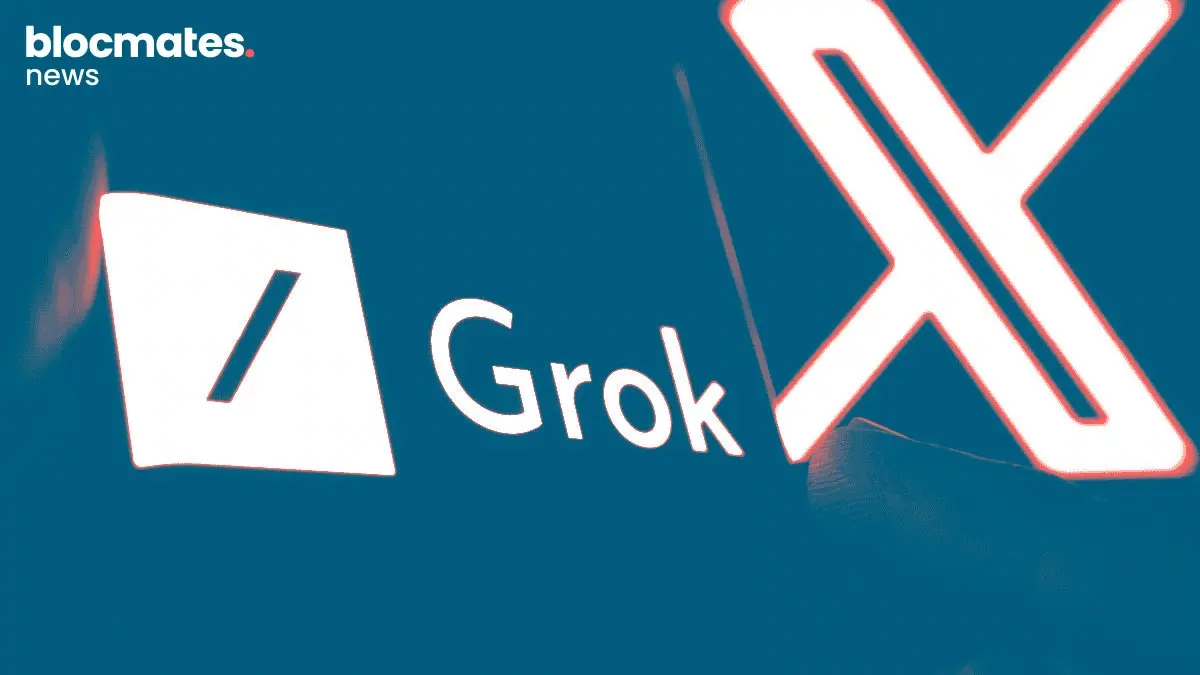

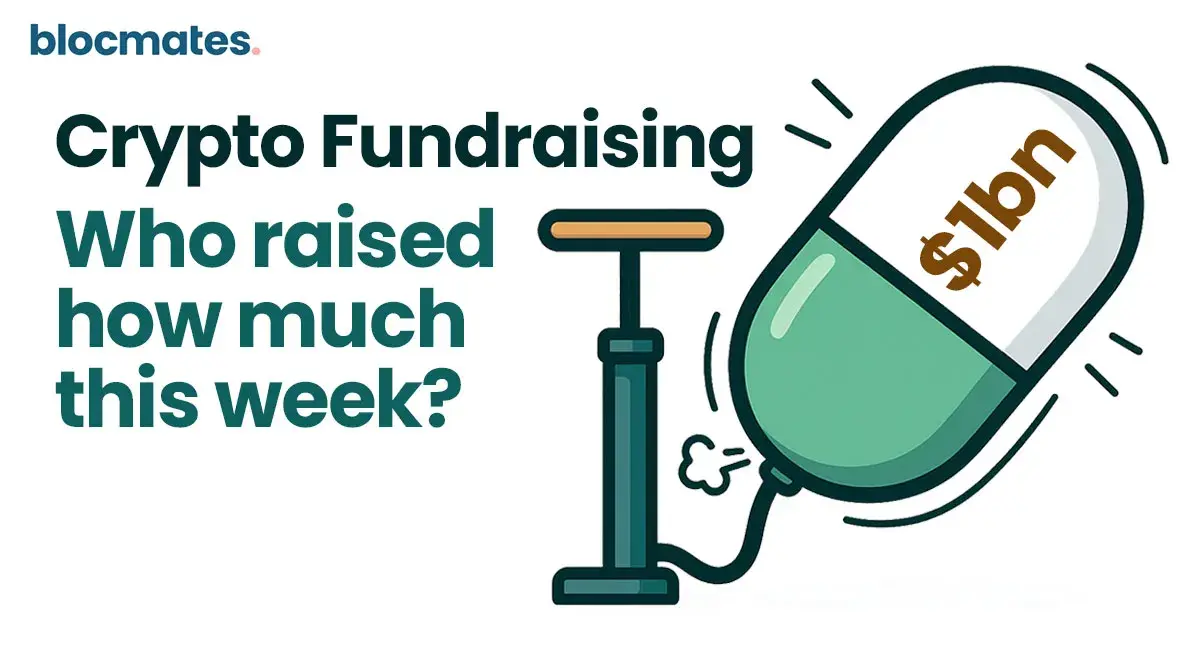
.webp)
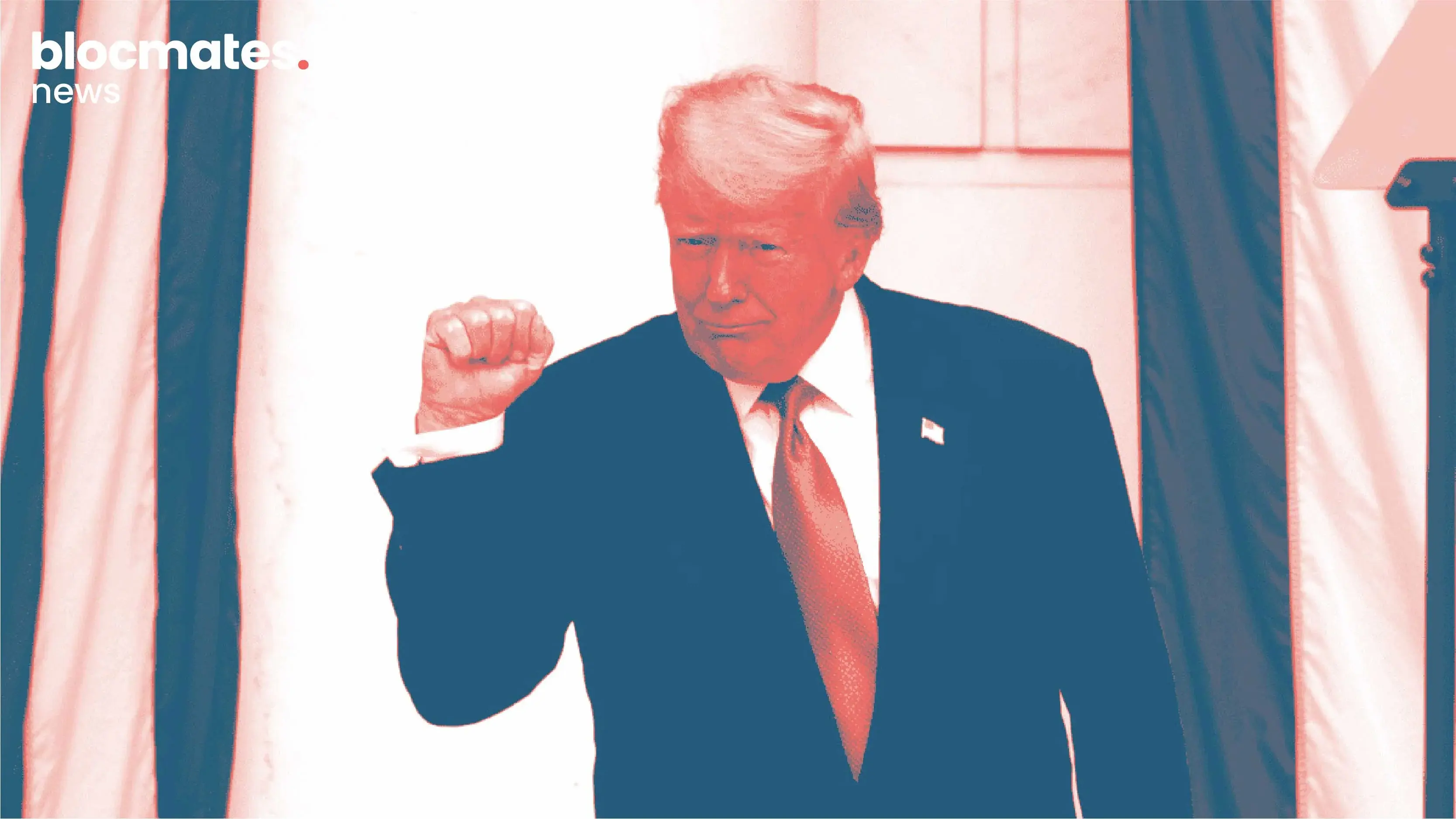




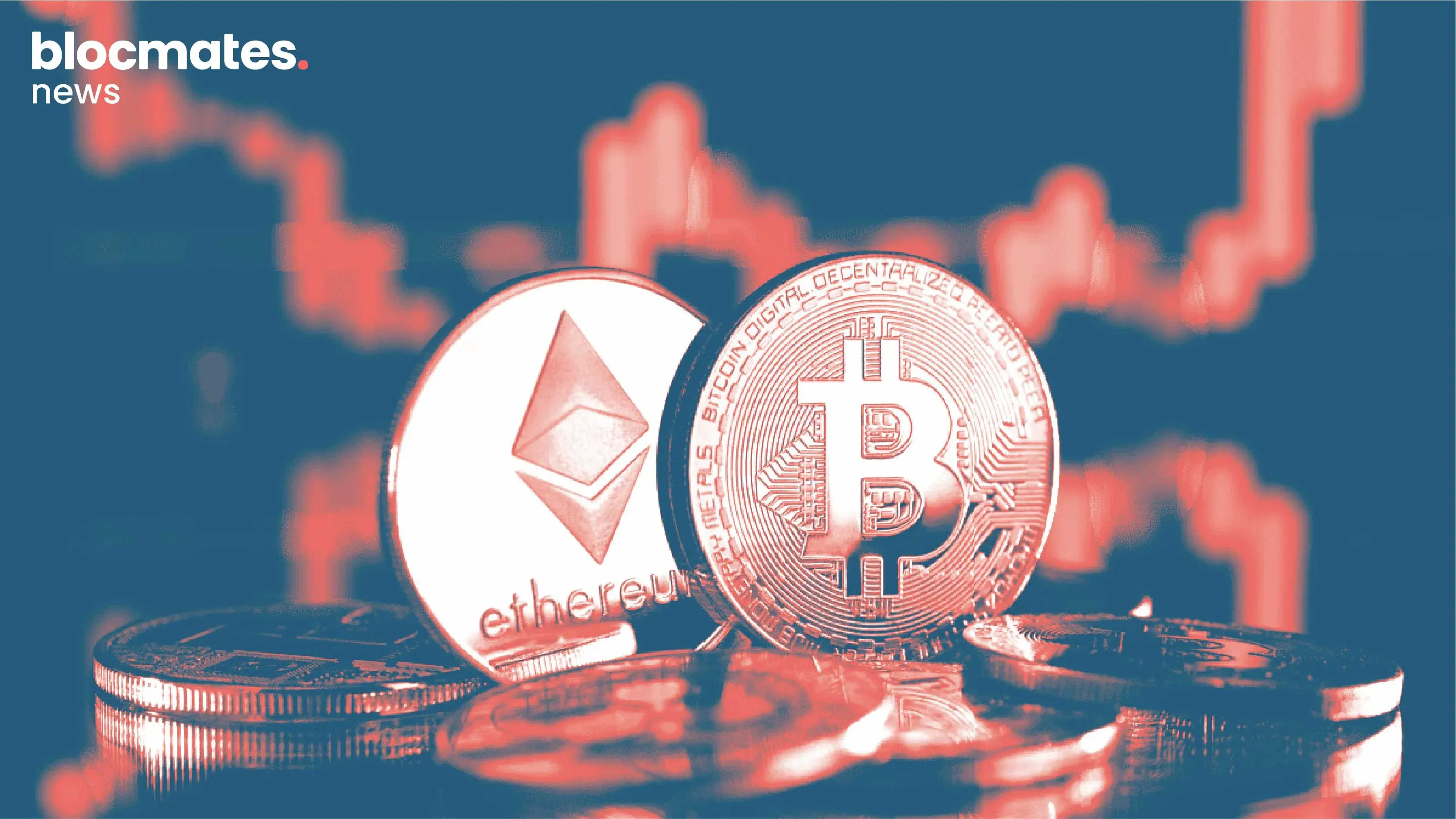
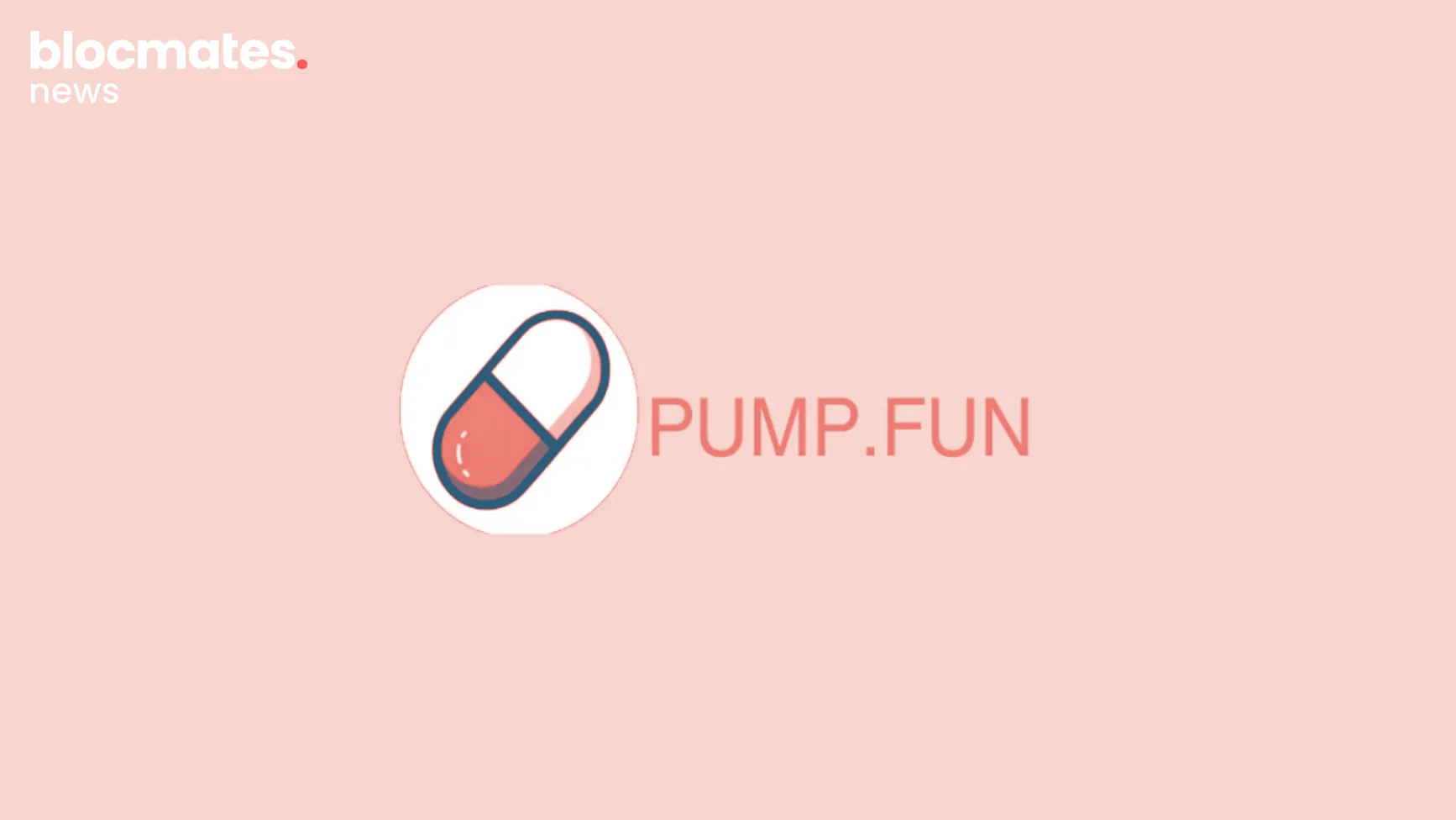
.webp)


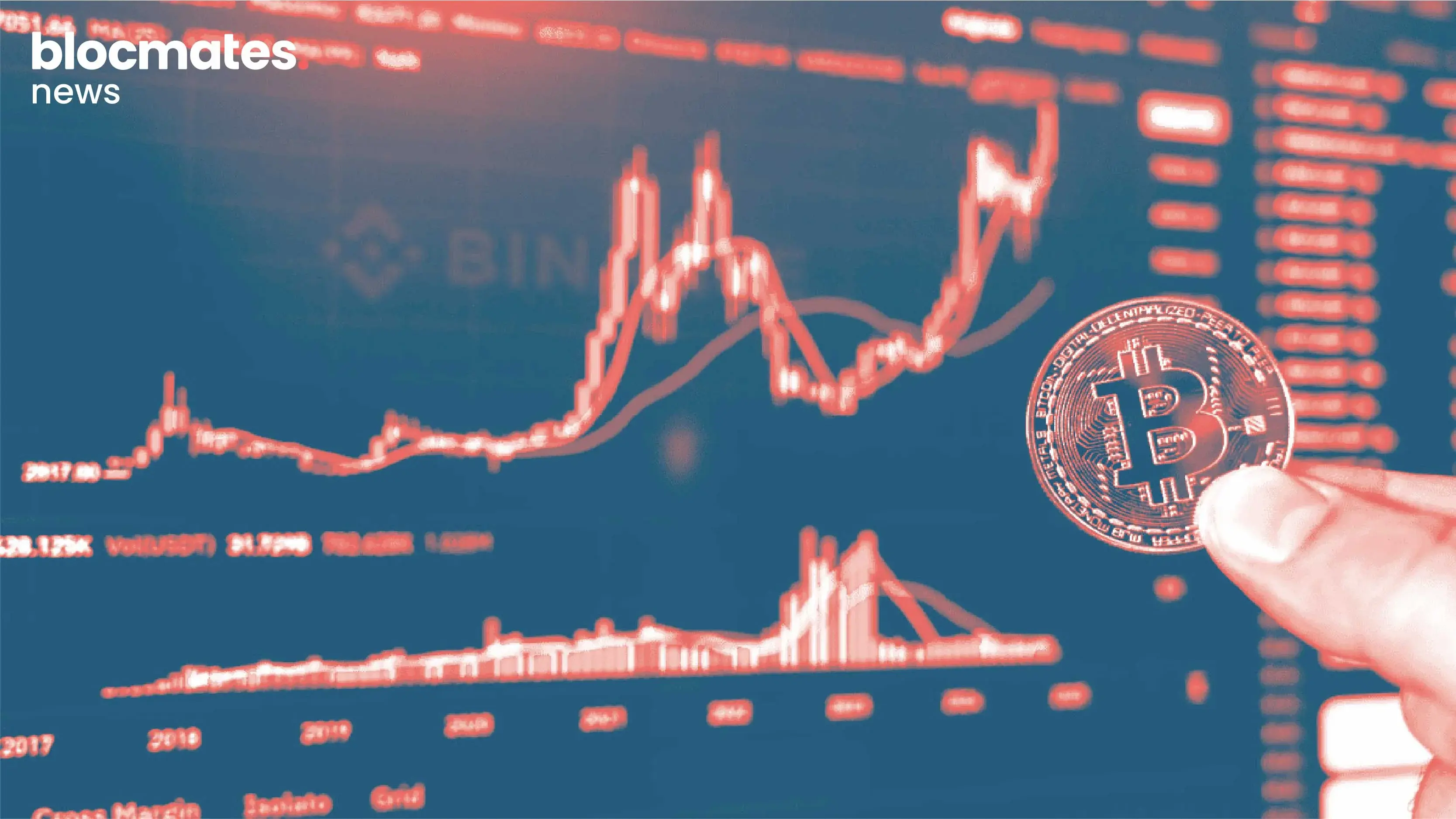




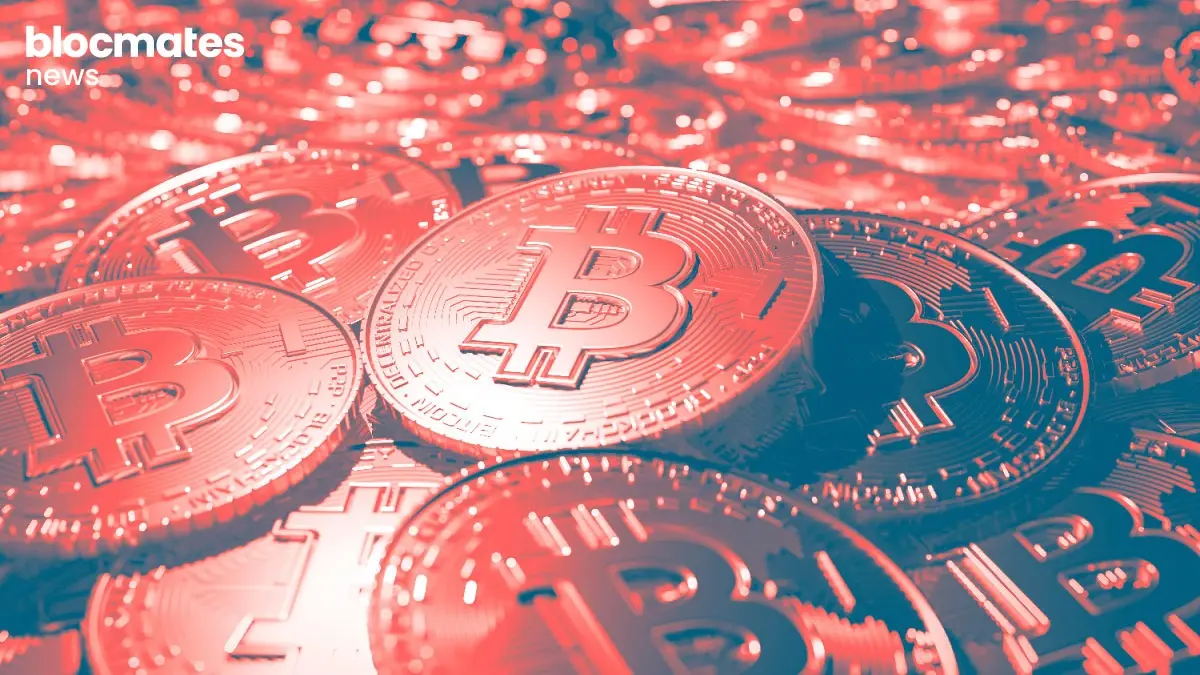













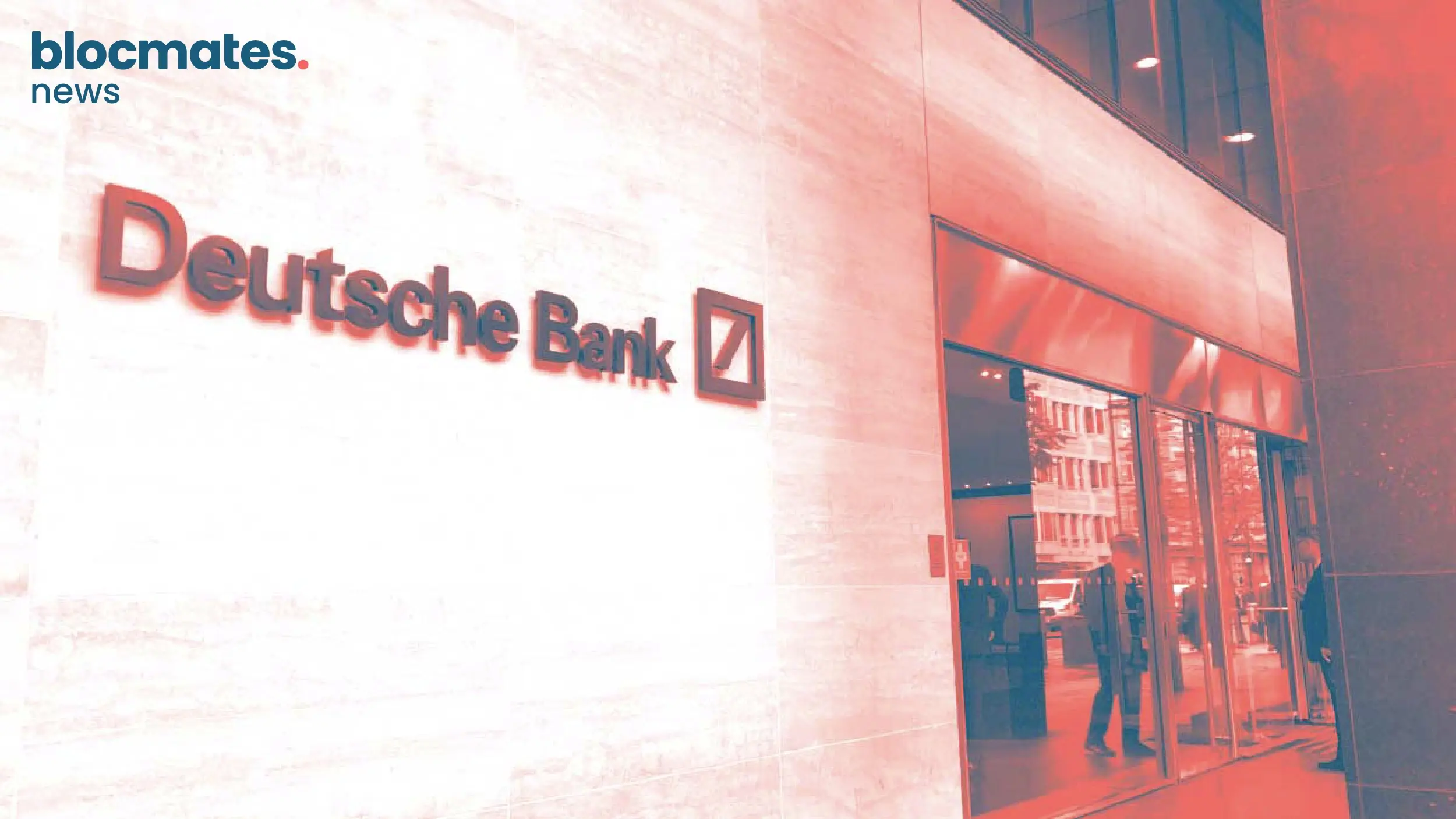


.webp)






.webp)
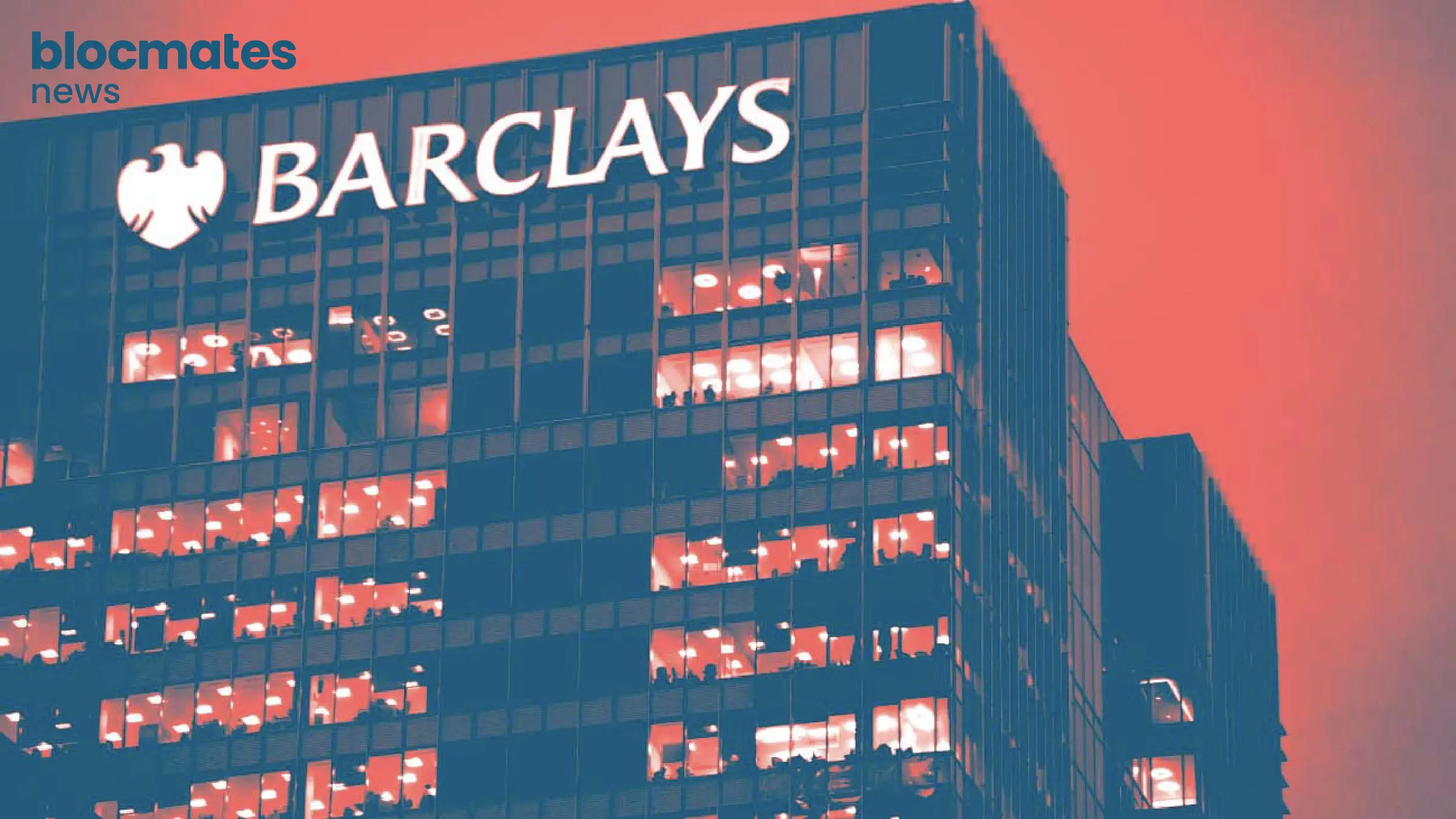


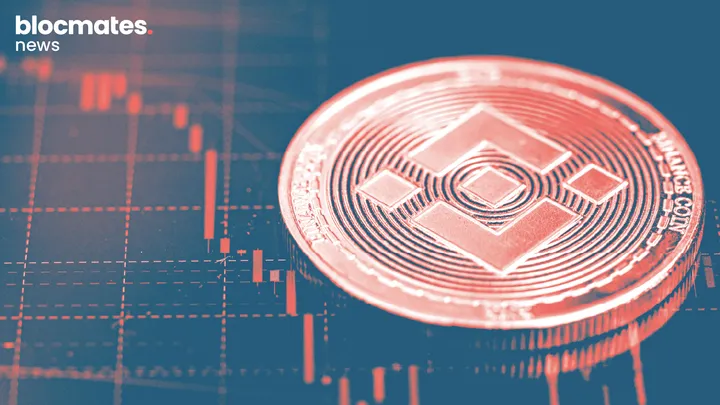
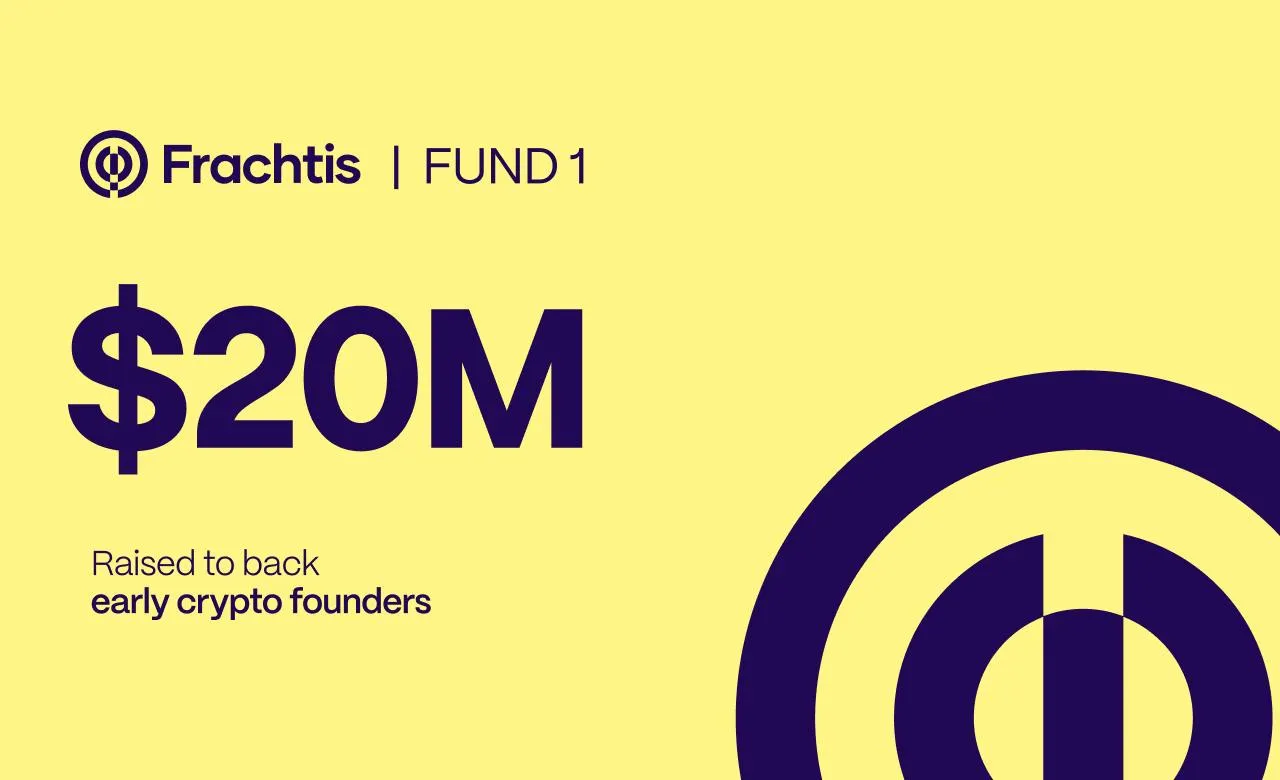





.webp)









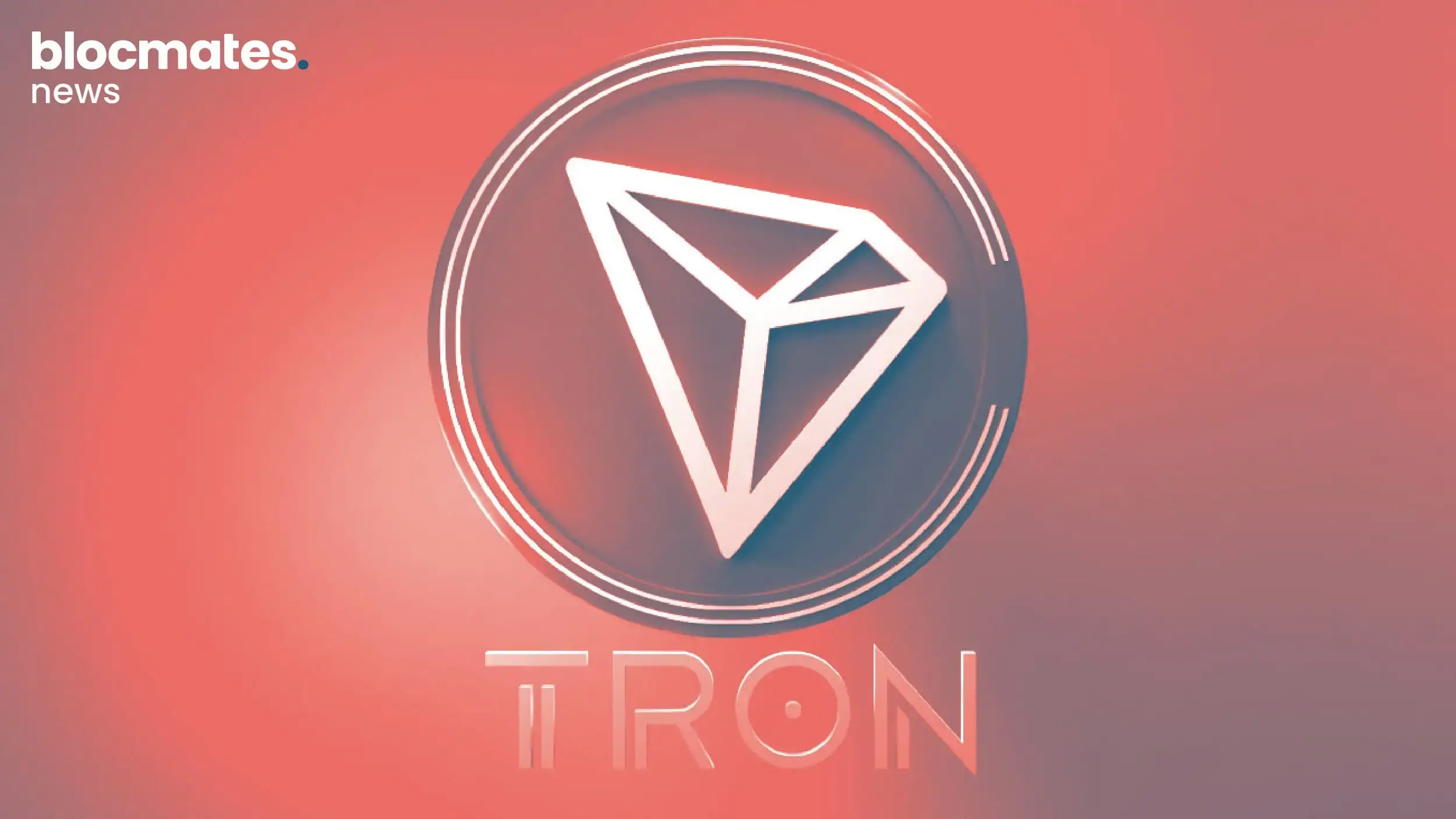
.webp)
.webp)
.webp)
.webp)
.webp)
.webp)

.webp)









.webp)
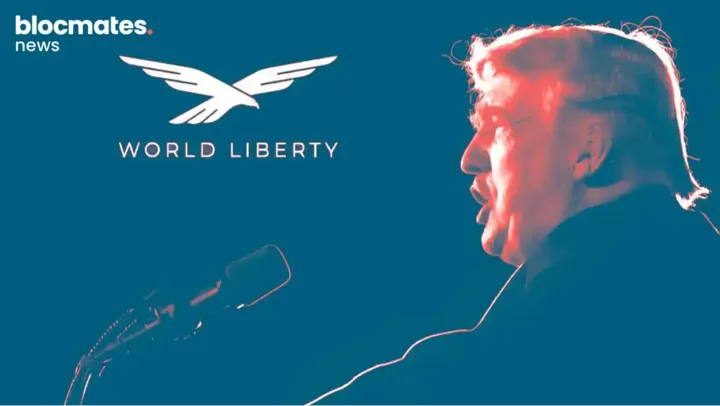
.webp)
.webp)
.webp)
